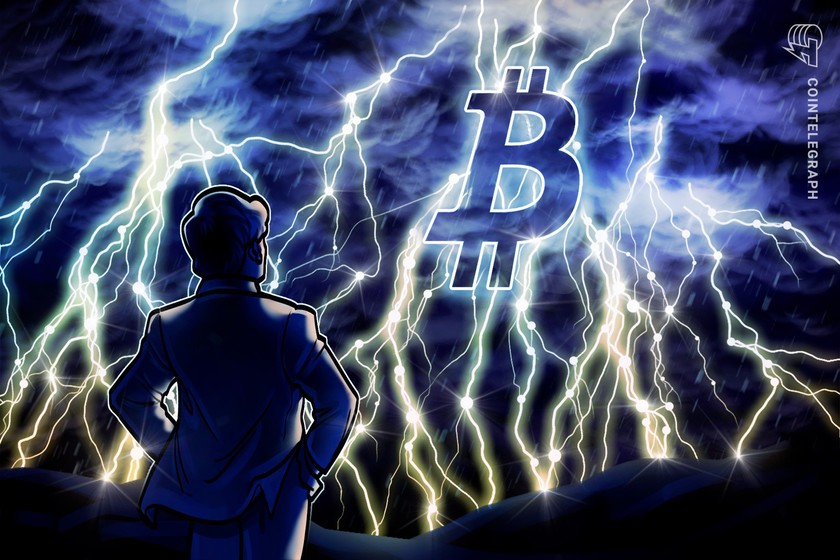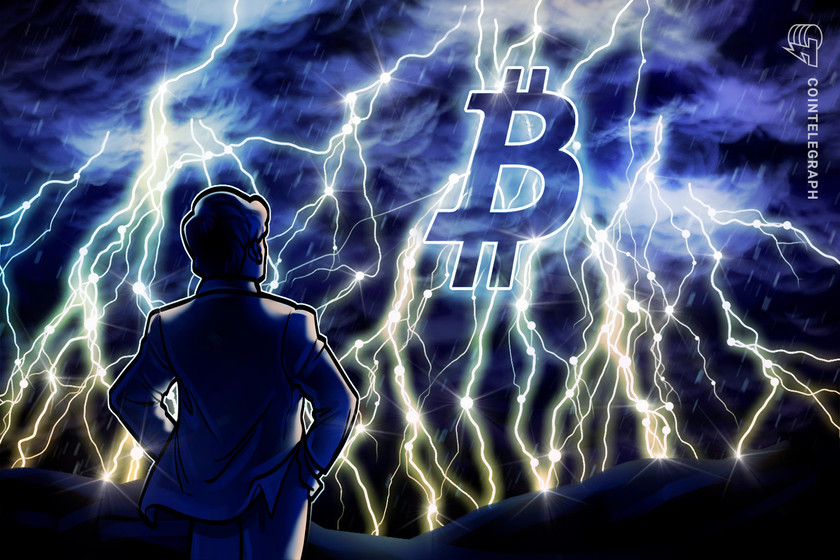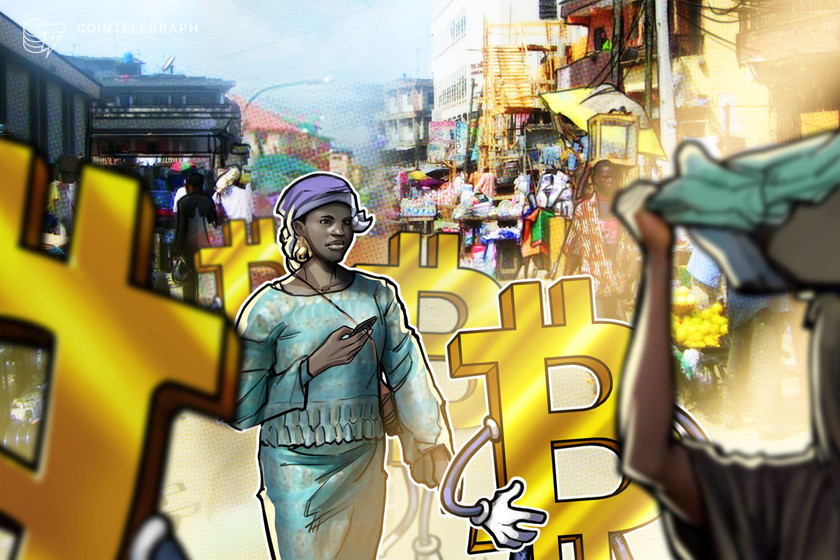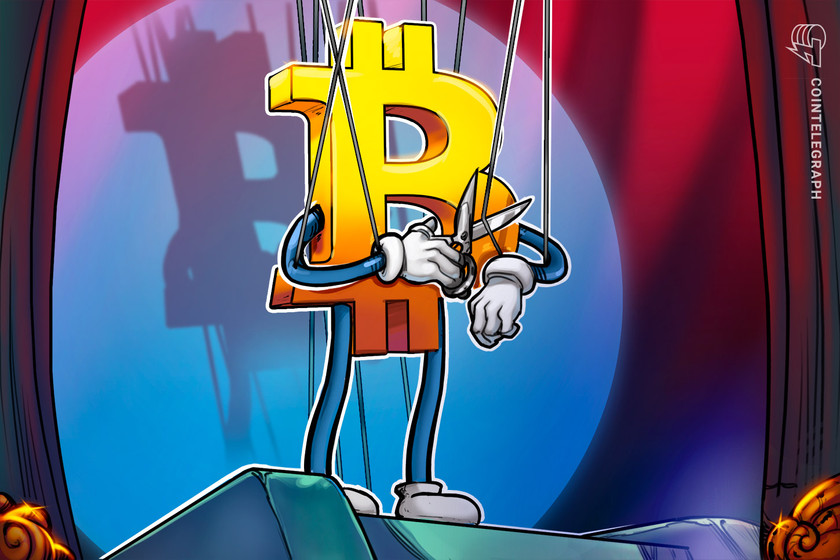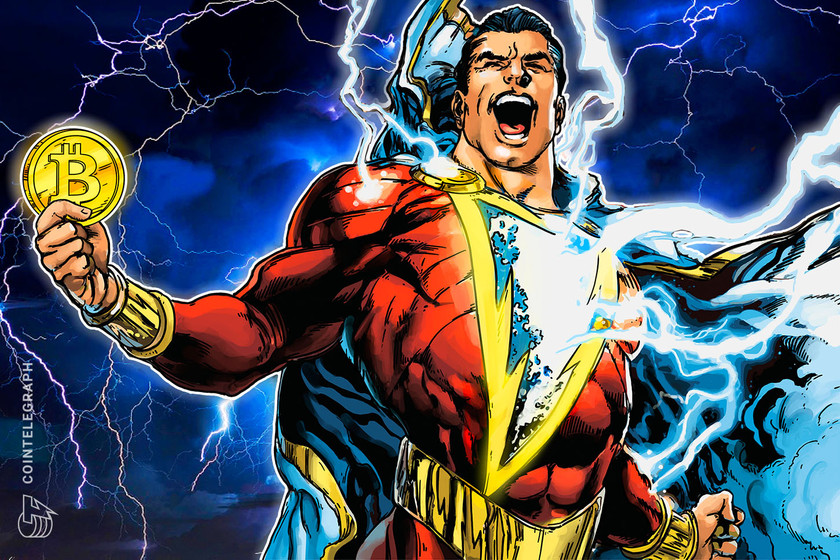Crypto Biz: EU looks under the hood of Big Tech algorithms, Musk’s TruthGPT and more


This week’s Crypto Biz explores the fast-growing AI market, MicroStrategy’s integration with Bitcoin Lightning Network, and Microsoft’s efforts to power AI development.
Whether the intelligence can provide truthful answers will have to be seen, but the move would undoubtedly strengthen Musk’s business portfolio, which already includes SpaceX and Twitter, both companies sharing Musk’s curiosity about the universe and his approach to truth.
Speaking of facts, European authorities are strengthening regulations on AI projects by launching a new research hub to investigate Big Tech algorithms. A team of multidisciplinary experts will be in charge of looking “under the hood” of large search engines and online platforms to examine how those algorithms contribute to the spread of illegal and harmful content.
This week’s Crypto Biz looks at the latest developments in the fast-growing AI market, MicroStrategy integration with the Bitcoin Lightning Network, and Microsoft’s efforts to power AI development.
Artificial intelligence (AI) might soon answer a profound philosophical question. Finding what the truth is will be the focus of Elon Musk’s new endeavor TruthGPT, an AI dedicated to finding the fundamental nature of the universe and addressing an alleged “left-wing” bias in the industry.
Microsoft is developing its own AI chip to power ChatGPT
Since 2019, Microsoft has been developing its own artificial intelligence chips to cut down growing costs for both its own and OpenAI projects, reducing its reliance on Nvidia’s GPUs. The move reflects a chip shortage that affected many industries worldwide during the pandemic. One of the most popular GPUs for training machine learning systems, the Nvidia H100 can be purchased for $40,000 on reseller services such as eBay amid increasing market scarcity.
SCOOP: Microsoft has been developing an AI chip in-house since 2019, codenamed Athena.
Msft hopes the chip will help it control the cost of powering large-language models, the one behind OpenAI’s ChatGPT.
w/ @waynema https://t.co/m88oS1KSt7 @theinformation
— Anissa Gardizy (@anissagardizy8) April 18, 2023
MicroStrategy’s Saylor fuses work email address with Bitcoin Lightning
MicroStrategy’s CEO Michael Saylor disclosed the integration of email addresses with the Bitcoin Lightning Network, allowing transactions using emails instead of wallet addresses. In a screenshot, Saylor showed a few transactions sent to his corporate email account in the form of satoshis, the smallest unit of Bitcoin (BTC). It’s unclear if the solution is available for other MicroStrategy email addresses. The Lightning Network is a popular Bitcoin scaling solution capable of processing 1 million transactions per second at the cost of 1 satoshi per transaction.
So @MicroStrategy converted my corporate email address into a #Lightning⚡️ address and people keep sending me 21 sats… pic.twitter.com/FHde6RtA6N
— Michael Saylor⚡️ (@saylor) April 17, 2023
Elon Musk to launch truth-seeking artificial intelligence platform TruthGPT
Elon Musk is developing a ChatGPT rival known as “TruthGPT,” a large language model that will be trained to explore the “nature of the universe.” During an interview with American cable network Fox News, Musk said that the truth-seeking AI would also push back against what he perceives as “left-wing” bias in the industry. ChatGPT “is programmed by left-wing experts, which train the chatbots to lie,” according to Musk. That is not the first time Musk has attacked ChatGPT; he recently spearheaded a letter calling for the halt of advanced AI development claiming societal concerns.
Before you go: OpenAI has until April 30 to comply with EU laws, ‘next to impossible’ say experts
OpenAI faces its biggest regulatory challenge as Italian authorities insist the company has until April 30 to comply with local and European data protection and privacy laws. Under the EU’s laws, tech outfits must solicit user consent to train with personal data. Companies operating in Europe must also allow Europeans to opt out of data collection and sharing. According to experts, this will be difficult for OpenAI since its models are trained on massive data troves, which are scraped from the internet and conflated into training sets.
Crypto Biz is your weekly pulse of the business behind blockchain and crypto, delivered directly to your inbox every Thursday.


